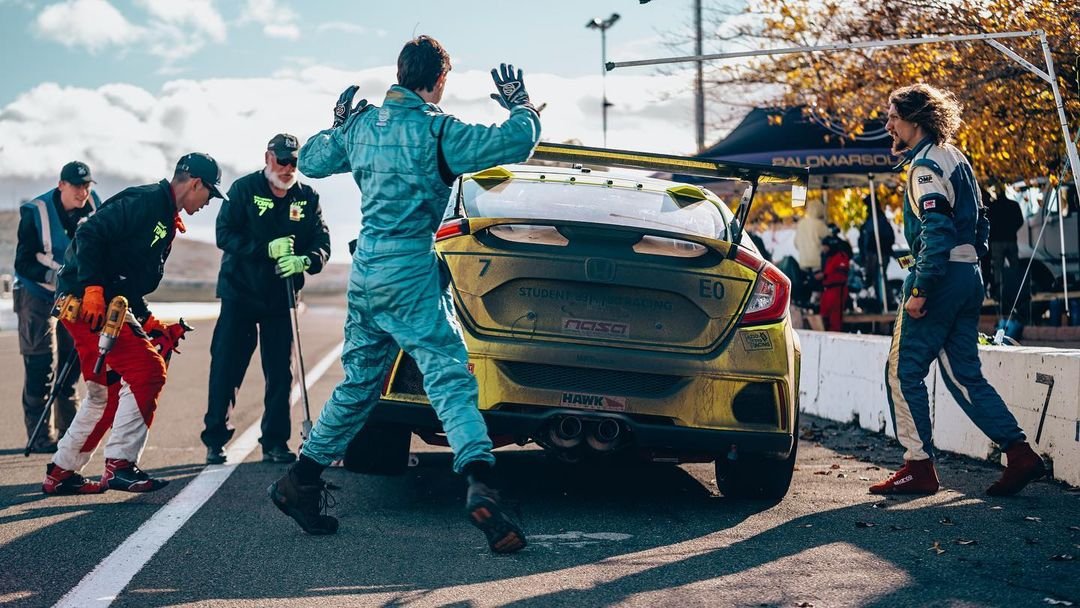
SpeedSF Blog
Every Build Has a Story – Meet the Cars of SpeedSF

Speed SF Challenge Laguna Seca: New Surface, New Records
New pavement and stellar weather meant our fastest drivers pushed harder than ever before at our latest Speed SF Challenge event.

Near-Win at the 25 Hours of Thunderhill: Team Tazio Ottis Racing's Day-Long Battle
Mechanical troubles, great pace, a tough competitor, and changing conditions made this year’s 25 Hours of Thunderhill a nail-biter for Team Tazio Ottis Racing. Even enduros can provide close finishes like this team had.
